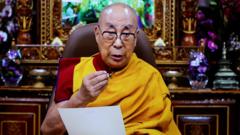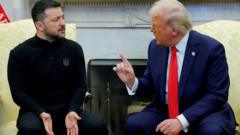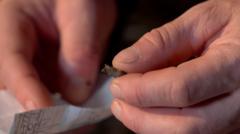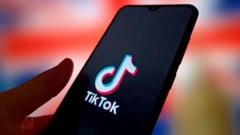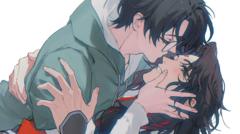In a significant display of military might, President Vladimir Putin will lead a large Victory Day parade on Red Square, commemorating the Soviet victory over Nazi Germany. This event marks the 80th anniversary of a historical triumph but also serves as a strategic platform to underscore Russia's narrative regarding its current war with Ukraine.
A Show of Strength: Russia's Victory Day Parade Amidst Ongoing Conflict

A Show of Strength: Russia's Victory Day Parade Amidst Ongoing Conflict
As Russia showcases military prowess with a grand parade in Moscow, the implications for its ongoing conflict with Ukraine raise important global questions.
Over 20 foreign dignitaries, including leaders from China and Brazil, are expected to attend the parade, highlighting what Russia sees as a growing alliance among nations seeking to counterbalance Western influence. This year’s celebration promises the largest military display since the escalation of the Ukraine conflict in 2022. Observers will be closely analyzing the presence or absence of foreign guests as indicators of geopolitical alignments.
The atmosphere is further intensified by recent events, including Putin’s declaration of a temporary ceasefire coinciding with the holiday, dismissively rejected by Ukrainian President Volodymyr Zelensky as mere posturing without substantial peace negotiations. Zelensky's response also included a proposition for a more extended truce, hinting at Ukraine's readiness for a serious discussion about ending hostilities.
As armored vehicles and military jets are poised to parade through the capital, the juxtaposition of national pride and ongoing warfare raises critical issues for Russian society and its international relations, serving as yet another moment where past victories are intertwined with present-day conflicts.
In summary, while the parade serves as a celebration of history, its role in the current geopolitical landscape cannot be overlooked, illustrating the complexities of national identity, pride, and the ramifications of warfare in the modern world.
The atmosphere is further intensified by recent events, including Putin’s declaration of a temporary ceasefire coinciding with the holiday, dismissively rejected by Ukrainian President Volodymyr Zelensky as mere posturing without substantial peace negotiations. Zelensky's response also included a proposition for a more extended truce, hinting at Ukraine's readiness for a serious discussion about ending hostilities.
As armored vehicles and military jets are poised to parade through the capital, the juxtaposition of national pride and ongoing warfare raises critical issues for Russian society and its international relations, serving as yet another moment where past victories are intertwined with present-day conflicts.
In summary, while the parade serves as a celebration of history, its role in the current geopolitical landscape cannot be overlooked, illustrating the complexities of national identity, pride, and the ramifications of warfare in the modern world.

